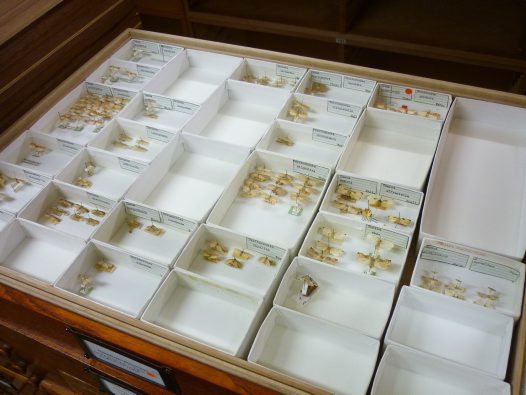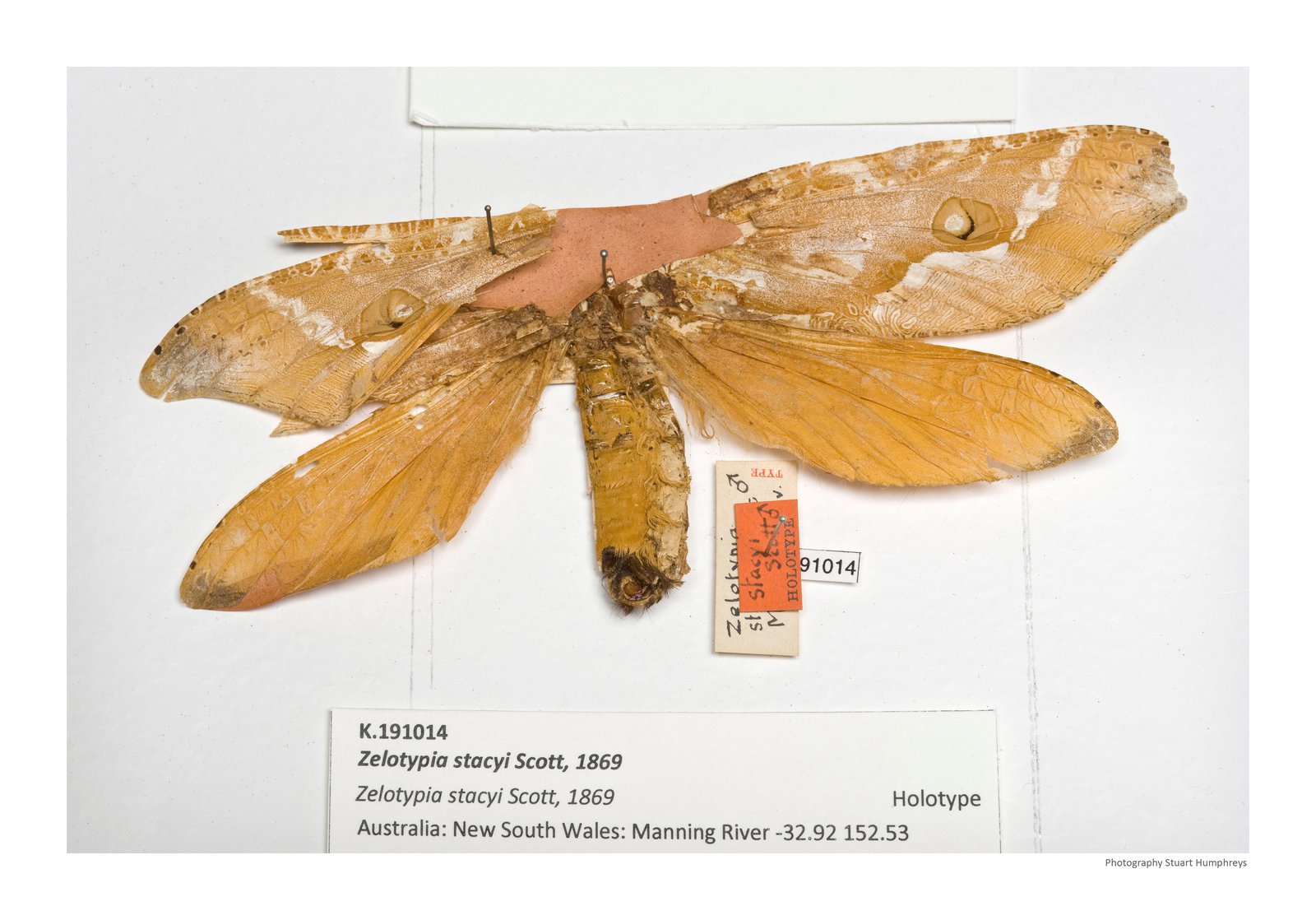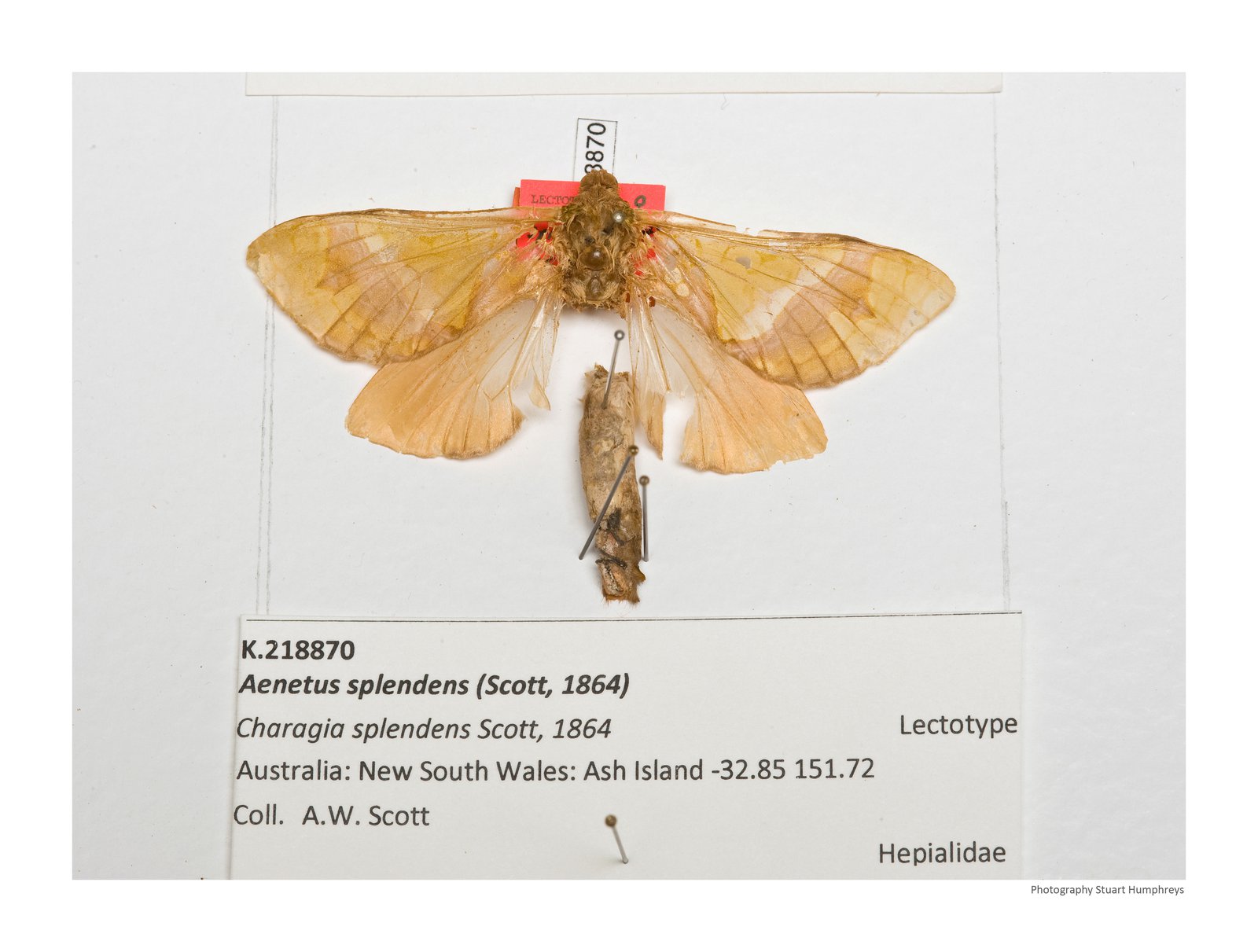Alexander Walker Scott's entomology work
On this page...
Alexander Walker Scott acquired a love of natural history from his father. Although trained as a lawyer, and with a number of business and political interests, he increasingly spent his time collecting and researching butterflies and moths.

© Australian Museum
Before AW Scott, most of the taxonomic work on Australian moths and butterflies was done by scientists in Europe and based purely on pinned or papered dry adult specimens. It wasn’t until 1805 that the first published work on Australian butterflies and moths would appear – John Lewin’s The Lepidopterous Insects of New South Wales.
Lewin (from Parramatta in Sydney) was a professional natural history collector and illustrator. His work greatly influenced AW Scott and his daughters, who copied Lewin’s technique of showing the complete life cycle of the insects and depicting the plants on which the caterpillar feeds as well as the habitat of the chrysalis.
'Our caterpillars [of Clisiocaupa familiaris] are gregarious, and live together in vast numbers … they join together large leaves, consuming the cellular tips and living within the enclosure; after their first change, they desert this habitat, and the leaves, now dead, may be seen entirely covered with hundreds of their skins, heads downwards forming a curious and interesting spectacle.'
Manuscript for Lepidoptera by A W Scott

© Australian Museum
Then, as now, the taxonomy of moths and butterflies was based largely on the adults, which are easier to preserve than the larvae (caterpillars) and have numerous useful characters for descriptions. In most early descriptions, information on the early life stages was often overlooked of restricted to a brief text note.
AW Scott had received formal training in entomology, and had a great passion for these insects, yet he sometimes lacked the latest scientific knowledge, mainly due to being in a remote colony far from leading European institutions. As a result, many of the species that he assigned new names were already known to entomologists in Britain and Europe, including common butterflies such as the Blue Triangle, Graphium sarpedon, and the Pale Green Triangle, Graphium eurypylus. However, AW Scott was the first to describe some truly iconic Australian moths including the large Bent-wing Swift Moth, Zelotypia stacyi, the Emperor Gum Moth, Opodiphthera eucalypti, and many of the splendid swift moths in the genus Aenetus.
Most of his work on moths and butterflies was done from about 1846 to 1866, in the years spent at his Ash Island property in the Hunter River estuary near Hexham. His daughters Helena and Harriet were instrumental in helping with the research and illustrations of the insects for his book.

© Australian Museum

